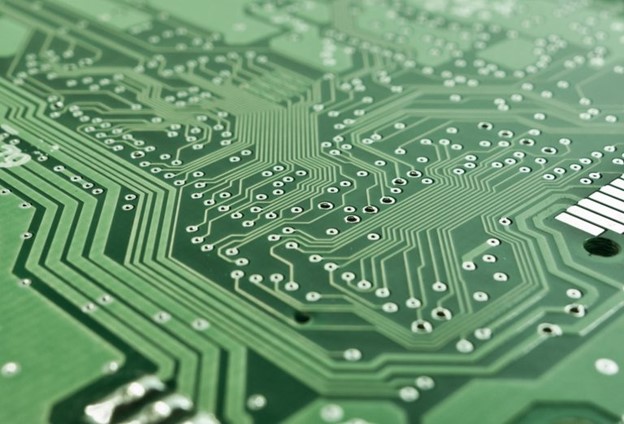
The precision and effectiveness of devices such as rectifier meters are critical to the field of electrical measurements. Among these, the moving-coil meter is particularly dependable for measuring DC, even though its limited movement prevents it from directly detecting AC. However, AC can be converted to DC through rectification, expanding the range of uses for moving-coil meters. In this article, we will discuss the various kinds of rectifier meters, their principles of functioning, and their importance in the field of electrical engineering.
The Importance of Rectifiers in Metering
Rectifiers are essential for converting alternating current (AC) to direct current (DC), which is necessary for moving-coil meters in AC circuits to be able to measure current. Rectifiers translate an AC waveform into a pulsing DC waveform by providing high resistance to current flow in one direction and low resistance in the other. This ensures that the AC waveform only passes through once. Because semiconductor rectifiers are dependable and efficient, they are frequently used in rectifier meters, where precise readings are based on this conversion process.
Half-Wave Rectifier Meter
One of the basic designs seen in rectifier meters is the half-wave rectifier circuit. In this configuration, the rectifier avoids the opposing alternation and only permits one alternation of the AC waveform to pass through the meter. The current pulsates as a result, but the meter pointer’s inertia keeps it from monitoring the sharp variations, so it settles at the average current flow value. The effective or RMS value of the current is reflected on the meter scale through accurate calibration, providing useful readings for a range of applications.
Full-Wave Rectifier Meters and Beyond
Full-wave rectifier circuits, which double the frequency of the pulsating DC output by employing both alternations of the AC waveform, provide increased efficiency over half-wave rectifier circuits. Because of the higher frequency, readings on the meter scale are smoother, resulting in less volatility and more consistent observations. Furthermore, the creation of digital rectifier meters—which are distinguished by their exceptional precision, adaptability, and interoperability with contemporary electronic systems—is a result of advances in rectifier technology. These meters meet a variety of measuring requirements in many industries by providing features including digital displays, data logging, and remote monitoring.
Importance of Understanding Rectifier Meter Types
Engineers and technicians who operate in fields that depend on precise electrical measurements must comprehend the subtle differences between various types of rectifier meters. Retctor meters are essential instruments for power monitoring, electrical troubleshooting, and operational efficiency maintenance in manufacturing, telecommunications, and research labs. By utilizing the appropriate rectifier meter type for particular applications, experts may guarantee accuracy, dependability, and security in their electrical systems.
The Bottom Line
Rectifier meters are essential tools for electrical engineers because they provide precise measurements of power, current, and voltage in both AC and DC circuits. Each type, from the fundamentals of rectification to the nuances of half-wave and full-wave rectifier meters, is essential in a variety of applications. Professionals can leverage rectifier meters’ capabilities to improve productivity, safety, and efficiency in electrical systems by understanding their working principles and relevance.
If you’re seeking reliable rectifier meters and other legacy test equipment, Apex Waves can help! Apex Waves is a reputable supplier of top-notch equipment, providing a broad selection of items to satisfy different measuring requirements. Additionally, we offer a place for you to sell any excess equipment you may have, encouraging economy and sustainability in the sector. To find the resources you require for your electrical engineering pursuits, get in touch with us today!
Frequently Asked Questions
What is the use of a rectifier instrument?
Rectifier instruments are used to measure AC voltages and currents. This rectifier transforms AC into unidirectional DC, and the rectified AC value is then shown on a meter that responds to DC. The PMMC instrument, which has a linear scale, is the indicating instrument.
What devices use rectifiers?
Almost every electronic item that runs on AC power or requires charging for operation uses rectifiers. A rectifier’s job is to change AC voltage into DC voltage. From the first crystal sets to modern radio receivers of every kind, a unique class of rectifier known as a detector is employed.
Which rectifier is mostly used and why?
A junction diode, also known as a metal-semiconductor junction or PN junction, is the most often used type of rectifier. The process of converting AC electricity to DC voltage is called rectifying. Undoubtedly, the most often used rectifier is the diode.







